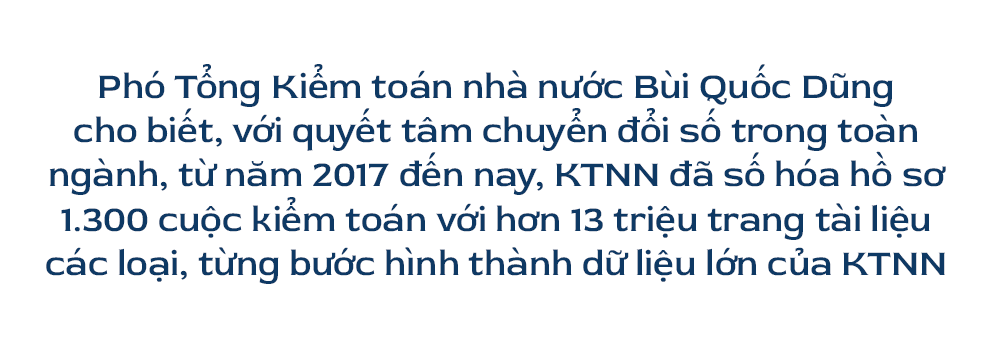
Speaking to VietNamNet, Deputy State Auditor General Bui Quoc Dung said that one of the hallmarks of the State Audit over the past 30 years is the application of IT to audit activities. This is also an important factor, playing a key role in the digital transformation roadmap of the State Audit.
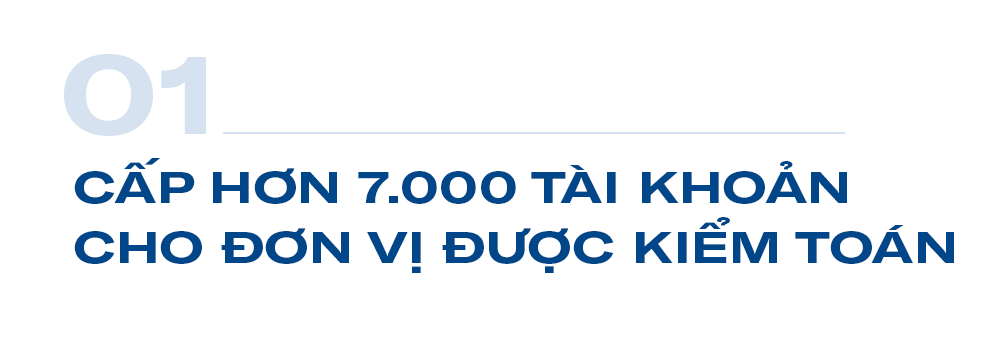
Currently, the development of digital economy, digital technology, and digital transformation has had a profound impact on the management and operation of the state apparatus, including the State Audit Office. So, in recent times, how has the State Audit Office applied IT to auditing activities as well as implemented digital transformation of the State Audit Office, sir?
We identify IT application as an important factor, playing a key role in the digital transformation roadmap of the State Audit Office. Regarding the connection and sharing of data with audited entities and competent authorities to serve the audit work, the State Audit Office has built a platform system for connection and data sharing and has so far been successful with the Ministry of Finance, the Ministry of Planning and Investment, the State Bank, and the Vietnam Social Security, thereby creating a premise for deploying connection and data sharing on a large scale. Since 2022, the State Audit Office has deployed an Information Exchange Portal for multi-dimensional electronic data exchange between the State Audit Office and audited entities, creating favorable conditions for audited entities to provide electronic data; as well as in exchanging information related to audit activities and results. To date, the State Audit Office has granted more than 7,000 accounts to nearly 3,000 audited entities; The units have provided more than 10,000 financial reports, settlement reports and budget estimates through the Information Exchange Portal. In addition, to establish a centralized system, the State Audit has implemented integration and data interconnection between internal software through the integration axis to ensure consistency and centralization between software in the entire industry. We have built over 30 software to serve internal management and support audit activities, including: the State Audit's electronic information portal and component portals; 14 software to support audit activities; 13 software to serve management and operation and software to support IT administration and operation.
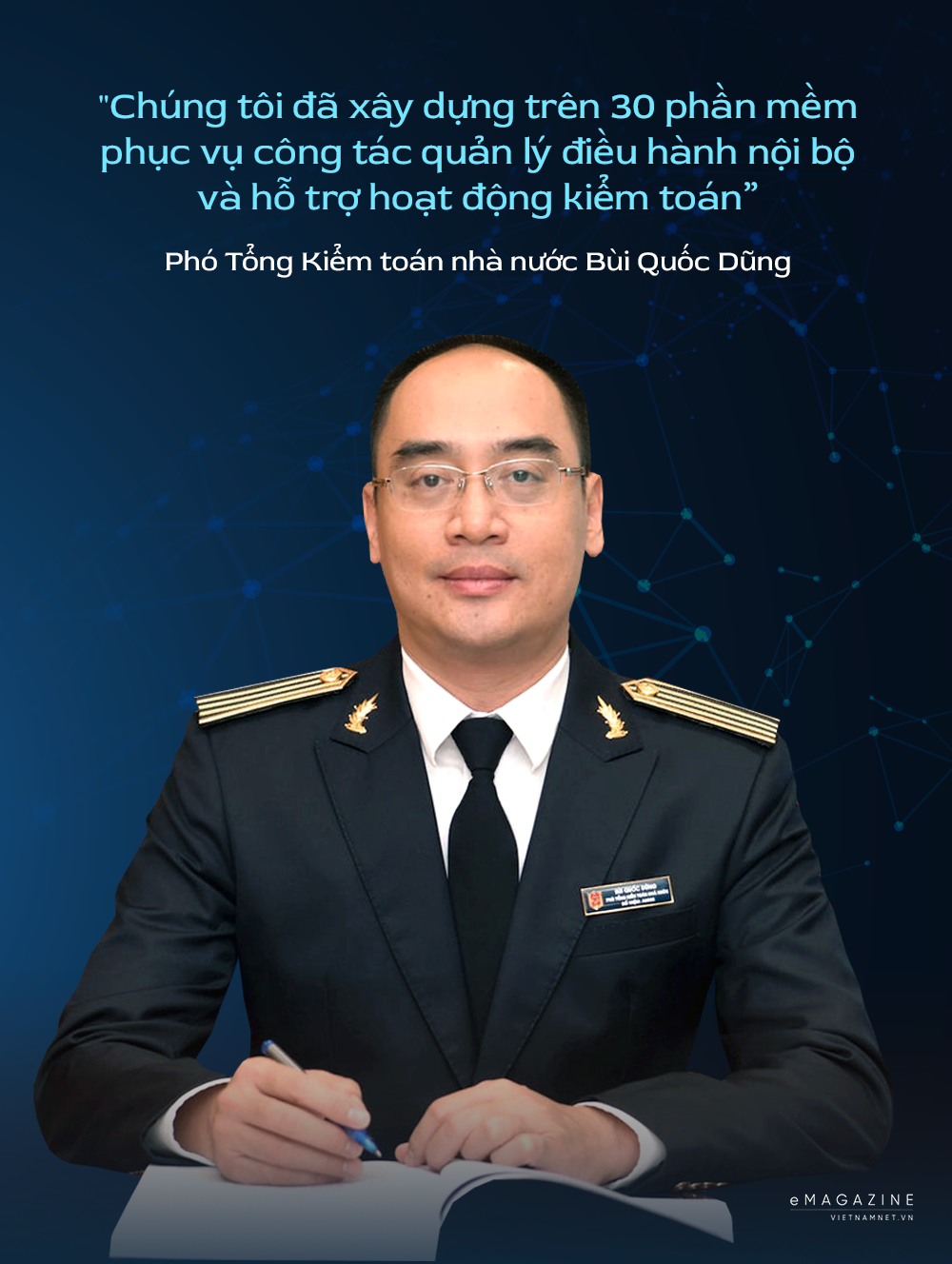
With the determination to digitalize the entire industry, from 2017 to now, the State Audit has digitized the records of more than 1,300 audits with about 13 million pages of documents of all kinds, creating a database of electronic audit records to serve the management, storage and exploitation of audit records, gradually forming the State Audit's big data.
In order to enhance the transparency of audit results and implement Resolution No. 74/2022 of the National Assembly on promoting the implementation of policies and laws on practicing thrift and combating waste, since May 2023, the State Audit has piloted the Audit Report Disclosure System to provide audit reports to the Ethnic Council and Committees of the National Assembly in electronic form. Currently, more than 500 audit reports for 2022 and 2023 have been provided on the system and nearly 130 accounts have been granted to the National Assembly for information exploitation. Notably, in 2022, the State Audit successfully piloted the first remote audit at VNPT Group, thereby achieving many important results, creating a premise for the State Audit to expand the implementation of remote audits in the future. In addition to building databases and application software, the State Audit Office has clearly identified that the IT infrastructure needs to be built in accordance with the practical implementation of application software and exploiting network services to serve the State Audit Office's operations in each period. From the early days, the IT infrastructure only served Internet access and email, but now the State Audit Office has built a centralized, modern, and synchronized IT infrastructure with 2 data centers and an internal network system connecting the entire industry.
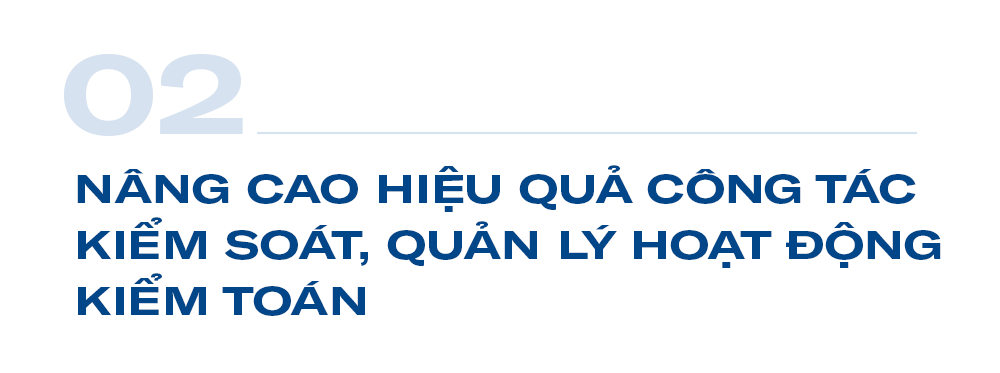
How effective has the application of IT and digital transformation of the State Audit Office brought about, sir?
The application of IT has helped the State Audit Office improve the effectiveness of controlling and managing audit activities. This includes helping leaders at all levels promptly monitor the plan and progress of audit implementation for each audit; monitor audit activities and implementation processes for each auditor through the electronic audit log system; monitor and check the implementation status of audit conclusions and recommendations of audited units based on data on implementation of audit recommendations updated promptly on the software, and specifically determine the annual implementation rate of recommendations of audited units. In addition, the application of IT in the annual audit planning helps the State Audit Office review and minimize the implementation of multiple audits in one location or audited unit. The information and data provided on the software have supported the leaders of the State Audit Office, leaders of the audit presiding units and audit quality control units to have timely information to direct, operate and monitor audit activities in a timely manner.
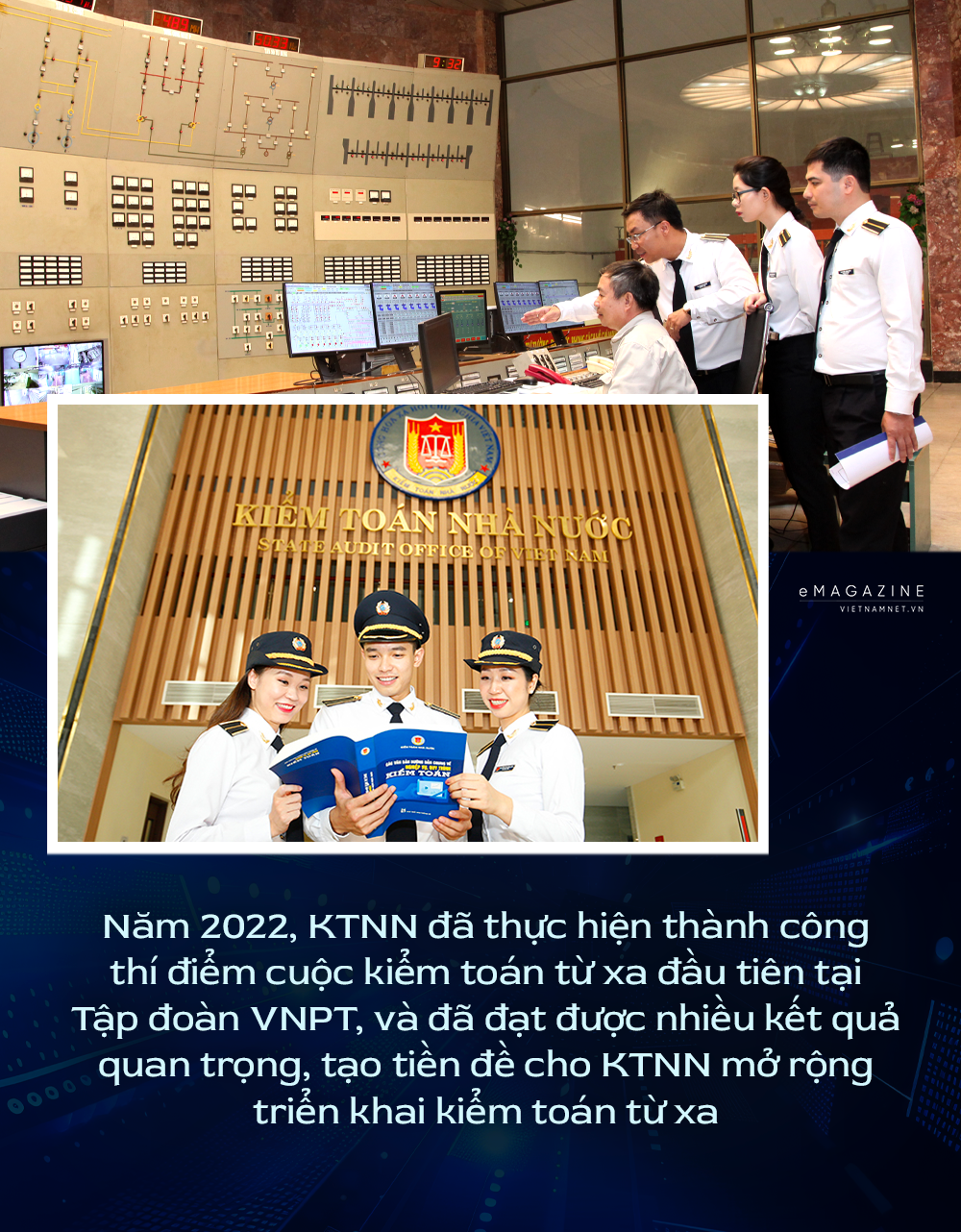
In addition to auditing activities, IT is also applied to document processing, staff management, training, periodic assessment of auditor knowledge, financial management, inspection, complaints, denunciations, emulation and rewards, helping to improve the effectiveness and efficiency of the State Audit Office's management and operations. The State Audit Office has also deployed a centralized operating system, quick reports, and operating support applications on mobile devices, helping civil servants to process and look up documents and information on audit activities promptly, anytime, anywhere, helping to improve the effectiveness and efficiency of the State Audit Office's management and operations and reduce administrative costs.
One of the issues that many people are concerned about is the security of information when data is digitized. So what does the State Audit do to ensure the information security of the industry as well as of related agencies and units?
In the context of increasingly complex developments in cyber security, the State Audit Office has always paid attention to ensuring information security. Specifically, since 2017, the State Audit Office has increased investment and implemented solutions to ensure information security throughout the industry. The State Audit Office has deployed firewall systems, scanning, monitoring and attack prevention systems. Accordingly, since 2022, the State Audit Office has periodically monitored, inspected, evaluated, scanned, patched security vulnerabilities, implemented information security according to the 4-layer model; approved and implemented information security according to State regulations. Through inspection and scanning, the State Audit Office has promptly updated and patched hundreds of security vulnerabilities every year. In addition, KTNN also implements data encryption solutions, establishes security policies for end users such as: Setting up password mode, 2-layer authentication, building regulations on identity accounts,... Thereby helping to improve the level of information security for KTNN's IT system.

To successfully implement digital transformation, towards "digital auditing" and achieve the goals in the State Audit's development strategy to 2030, the State Audit's overall IT development strategy and architecture for the period 2019 - 2025, with a vision to 2030, what are the key tasks that the State Audit has identified, sir?
The 4.0 industrial revolution in general, IT with big data, data analysis technology based on artificial intelligence in particular are gradually transforming global economic and social activities, affecting countries, industries and fields. The State Audit Development Strategy to 2030 identifies technology as one of three pillars to help the State Audit actively participate in the development of the digital economy and flexibly adapt to the digital transformation process; create a foundation for the transition from traditional auditing methods to modern auditing methods based on digital data, a secure and highly integrated digital auditing environment; apply IT to make audit activities and audit results transparent and public. This is both an opportunity and a big challenge for the State Audit, requiring the State Audit to have a suitable digital transformation roadmap. To successfully implement digital transformation, towards "digital auditing", we clearly identify 6 key tasks in the coming time.
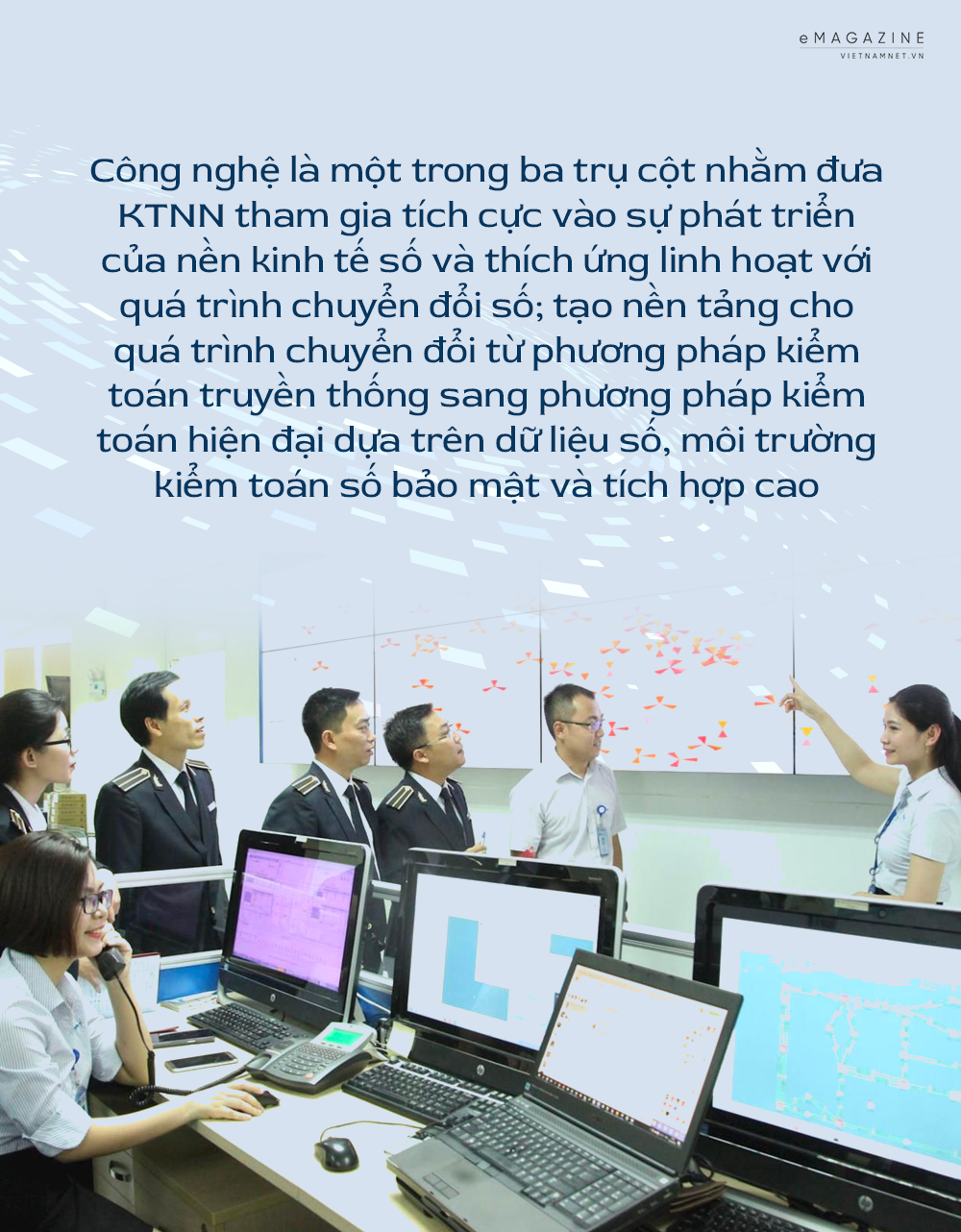
Firstly, build technical infrastructure, connection and data sharing platforms to ensure high system availability; gradually upgrade and convert to cloud computing platforms to best meet infrastructure requirements, creating a foundation for applying digital technologies to the State Audit Office's operations. Secondly, build data infrastructure and shared databases to serve data exchange and integration; connect and share electronic data with audited units. Build an information system to manage audit subjects, centralized databases from many different data sources to serve the application of big data analysis techniques to support audit activities. Along with that, build mechanisms and policies to ensure a legal environment for collecting, standardizing, periodically updating data, connecting, sharing, accessing, and exploiting electronic data on national databases and important information systems of ministries, branches, and localities. Third, focus on researching and developing application software that provides statistical reporting, analysis and forecasting tools to serve the direction, operation and audit based on big data; support the audit approach based on risk assessment and determining materiality in planning and implementing audits. With that mission orientation, it is necessary to build the Information Technology Department to truly be a "data analysis and processing center", an inseparable component of the process and procedures of State Audit activities. Accordingly, based on the collected database system, the Information Technology Department will play the role of a "mine detector" in auditing activities, conducting analysis, risk assessment and determining materiality, thereby initially selecting the focal point, audited unit, audited issue as a basis for specialized and regional State Audits to collect additional information necessary to develop an audit plan. Fourth, deploy solutions to ensure information security and safety with a focus on data protection, ensuring compliance with legal regulations on information security and network security, in line with the characteristics of the State Audit and the State Audit's IT development strategy. Fifth, the Department of Information Technology needs to continue to promote the role of the State Audit's specialized IT unit, coordinate with units in the industry to advise on the development of IT programs and plans; standardize business processes, forms, audit methods, develop audit criteria for each field to meet the requirements of applying IT to the industry's operations; develop regulations on management, exploitation and use of the State Audit's IT applications to ensure efficiency, safety and stability. Sixth, develop and train IT human resources, including developing a team of IT specialists with sufficient professional capacity to advise on the development, management and operation of the State Audit's IT system. Strengthen training and capacity building, focusing on in-depth training and updating new technologies, training "data analysis engineers". Focus on training the team of auditors and civil servants of the State Audit Office in the skills of mastering technology, processing and analyzing data through the application of software and digital technology in auditing operations; skills to ensure information security and safety in the network environment when conducting audits and in the process of operating, exploiting infrastructure, and applying in daily work. VietNamNet Newspaper sincerely thanks you! Source: https://vietnamnet.vn/so-hoa-13-trieu-trang-tai-lieu-tu-1-300-cuoc-kiem-toan-tao-du-lieu-lon-2300401.html











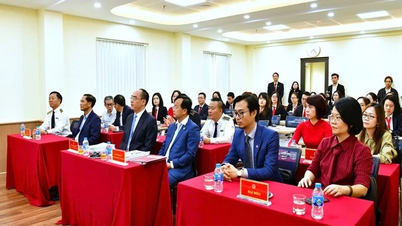

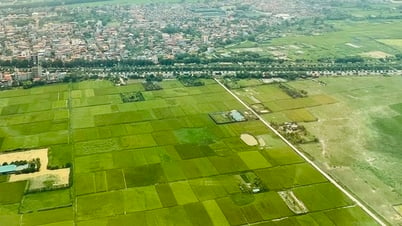


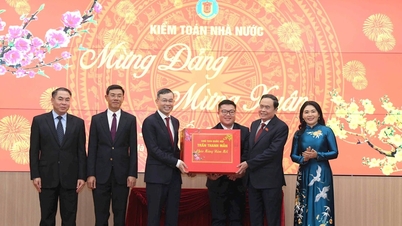

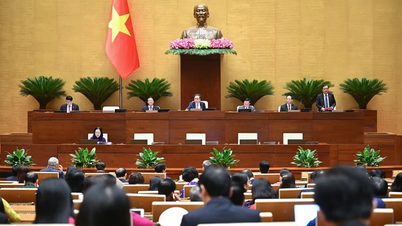

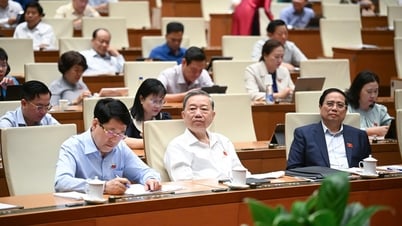












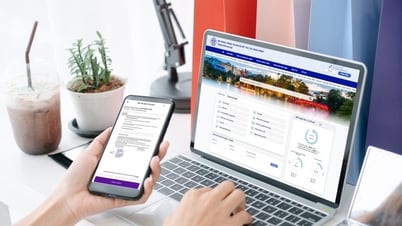




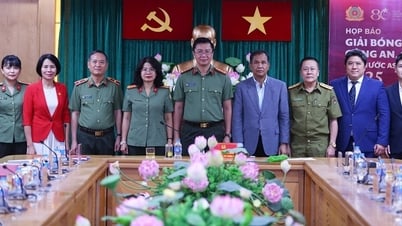

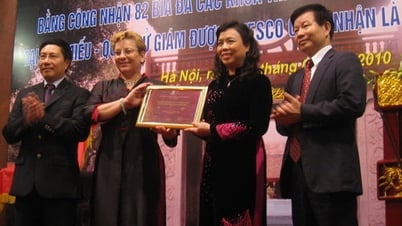

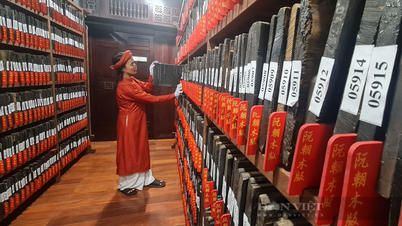










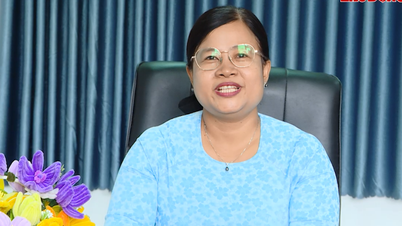
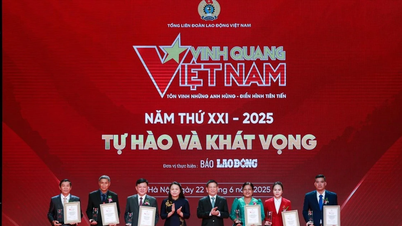



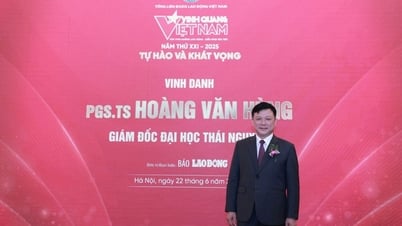




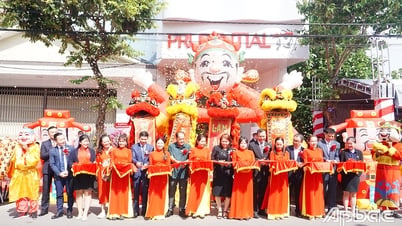



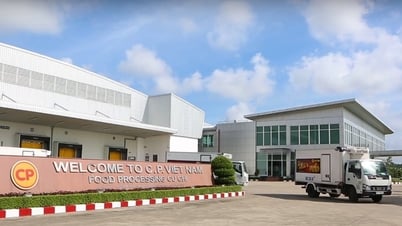



![[Photo] General Secretary To Lam attends the launch of 3 digital platforms serving the implementation of Resolution No. 57-NQ/TW](https://vphoto.vietnam.vn/thumb/402x226/vietnam/resource/IMAGE/2025/7/2/d7fb7a42b2c74ffbb1da1124c24d41d3)









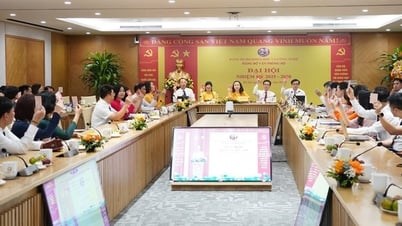
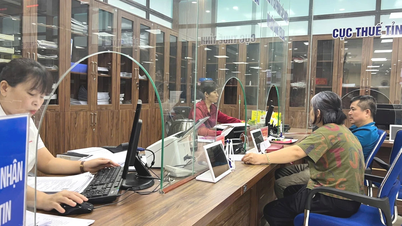



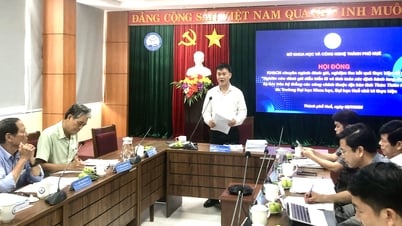

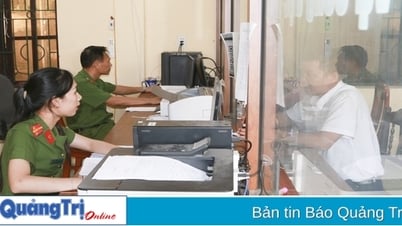

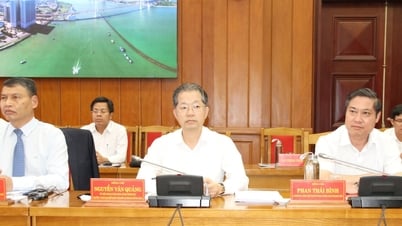
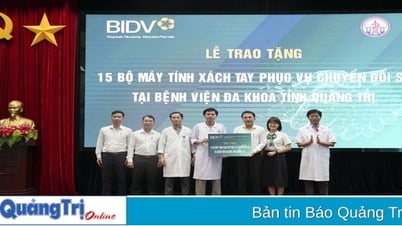
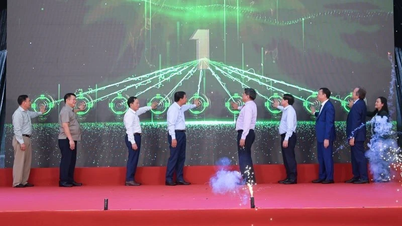














Comment (0)